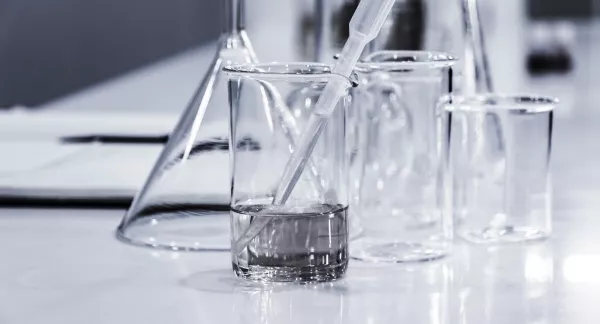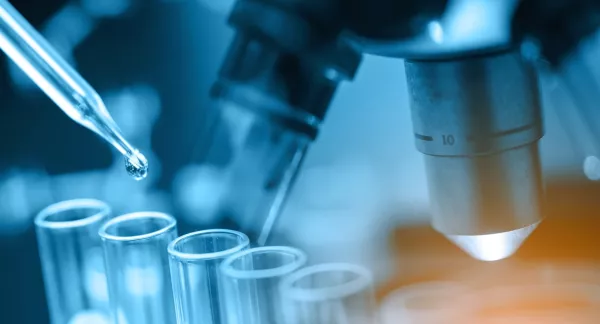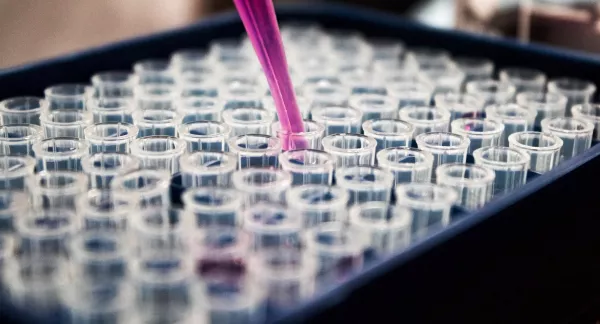Optimizing OH Radical Scavenging Potential Measurement
Abstract
Hydroxyl radical (•OH) is proving to be increasingly important to the scavenging potential to advanced oxidation process (AOP) treatment. This parameter represents the rate at which the radicals are consumed by non-target constituents, such as organic matter, (bi)carbonate, nitrite, and other species. It is analogous to chlorine demand, but in the context of AOP. Just as chlorine dosing must account for chlorine demand to ensure adequate disinfection CT, AOP treatment must account for the •OH scavenging potential to ensure that adequate UV light and oxidant are applied to achieve the treatment goal(s).
While working on this project's predecessor, project 5050, the research team found that there was presently no easy-to-use commercial devices to measure scavenging potential. Without a way to regularly evaluate scavenging, the system must operate under worst-case conditions all the time and may significantly over-treat the water much of the time, using more power and/or oxidant than needed.
As a continuation from WRF project 5050, this project developed a prototype for a portable device that can be used onsite by utilities and their consultants to measure scavenging potential. Published in 2024.


